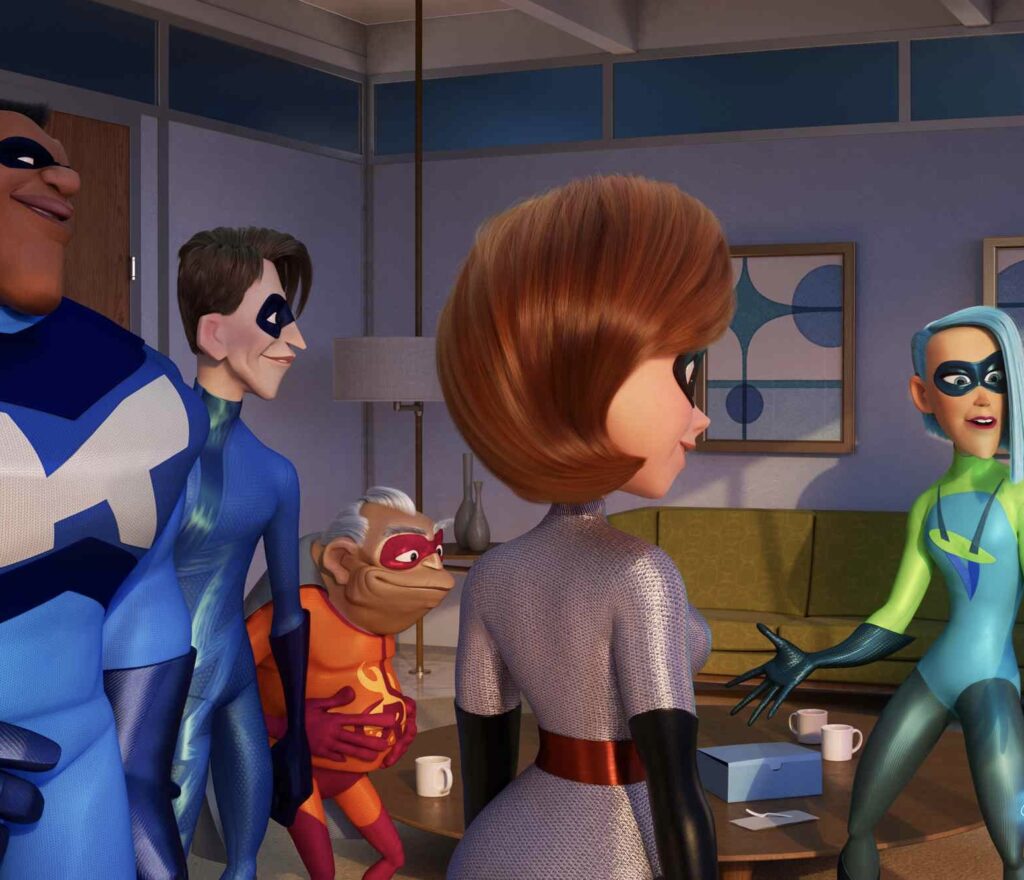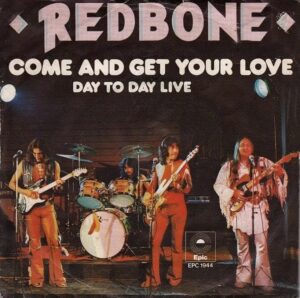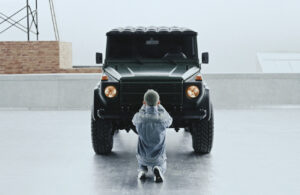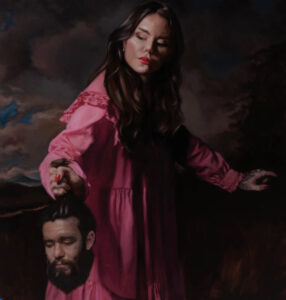When “The Incredibles” burst onto the screen in 2004, it shattered expectations for what animated films could be. Blending family dynamics, high-octane superhero action, and retro-futuristic aesthetics, the film quickly established itself as a cultural touchstone. The sequel, “Incredibles 2” (2018), followed suit, expanding the Parr family’s narrative while deftly balancing humor, tension, and commentary on gender roles. Now, with “Incredibles 3” rumored to be in the works, the anticipation is palpable. What will the return of the superhero family entail, and how will it navigate a landscape transformed by the evolving superhero genre and its own legacy?
Evolution of “The Incredibles”
To understand the stakes of “Incredibles 3”, we need to revisit the core of its predecessors’ success. “The Incredibles” presented an atypical family of supers grappling with the tension between societal expectations and personal identities. The film’s brilliance lay in its juxtaposition of mundane familial struggles—adolescent insecurities, midlife crises, marital friction—with the flamboyance of superpowers. Its 1960s-inspired design elements, clever allusions to comic book lore, and incisive dialogue were revolutionary for an animated feature at the time.
Fast forward fourteen years, and Incredibles 2 capitalized on the superhero genre’s dominance, which franchises like Marvel and DC cemented. The sequel smartly shifted the family’s focus to Elastigirl, challenging traditional gender dynamics while delivering the polished action sequences expected of the genre. Yet, Incredibles 2 also faced the conundrum of delivering a narrative that felt fresh in a genre inundated with super-powered sagas. It succeeded, but the cracks were visible: How many more times can the family confront the ban on superheroes or the rise of a new villain without treading familiar ground?
Thematic Depth: Family, Identity, and Society
As “Incredibles 3” looms on the horizon, the narrative must grapple with its thematic lineage and the expectations of a now-saturated superhero market. One plausible direction could delve deeper into the tensions between individuality and duty, a core element from the earlier films. If “The Incredibles” championed the notion that “if everyone is super, no one is,” and “Incredibles 2” critiqued society’s fetishization of superheroism, then “Incredibles 3” could explore how the Parrr family navigates a world where superheroics have become normalized—or, perhaps, commodified.
The exploration of Violet, Dash, and Jack-Jack’s evolution as individuals outside their parents’ shadow could serve as a poignant metaphor for generational shifts. Violet, for instance, grapples with insecurity and self-discovery in “The Incredibles”, only to embrace her power in “Incredibles 2”. But what does heroism look like when you’ve already embraced your strengths? The film could explore Violet’s confrontation with societal pressures, a dilemma that resonates with today’s climate of constant self-optimization and branding.
Dash, the perennial speedster, represents untamed energy and impulsivity. His growth from mischievous child to capable young adult could illustrate a conflict between societal expectations to conform and his innate desire to push boundaries. Such a narrative could examine the pitfalls of regulating power, questioning how society deals with talents and abilities that defy categorization.
Jack-Jack, the ever-evolving toddler with a plethora of powers, epitomizes untapped potential. His narrative arc could reflect society’s ambivalence towards unpredictability and change. Do superheroes have to define themselves as one thing? Must they choose one path or power to embrace? Jack-Jack’s existence as a fluid, multifaceted superhero challenges this notion, setting up “Incredibles 3” to interrogate the reductive tendencies of contemporary hero narratives.
Revisiting Villainy: The Screenslaver and Beyond
One of the most compelling elements of Incredibles 2 was its antagonist, the Screenslaver. Positioned as a critique of the ways media manipulates and pacifies society, the Screenslaver was a metaphor for our addiction to screens and the illusion of control. Though the character’s ideology was compelling, the execution felt lacking, leaving a thematic void that “Incredibles 3” could seize upon.
In a world post-Screenslaver, the threat of technology and surveillance capitalism remains pertinent. A potential villain for Incredibles 3 could be an entity or organization that commodifies superheroes, turning them into influencers and branding them for profit. This scenario would set up a nuanced critique of how modern media repackages rebellion and heroism for mass consumption. Could the Parr family resist becoming pawns in a larger game that seeks to control their image, identity, and even powers?
Such a villain wouldn’t necessarily be a classic evil mastermind but a pervasive system that exploits individuals, making the Parr family confront societal systems rather than a singular foe. It would allow the film to address the intersection of technology, power, and agency, offering a more sophisticated antagonist who embodies the paradoxes of contemporary society.
Visual Aesthetics and Cinematic Techniques
One of the hallmarks of the Incredibles franchise is its distinct visual style. Drawing inspiration from mid-century modern aesthetics, art deco, and the stylized dynamism of classic comic books, the films craft a unique visual language that feels simultaneously nostalgic and cutting-edge. “Incredibles 3” would need to push this aesthetic further, perhaps embracing a post-modern or even hyper-real visual palette to signify the transition into a new era of superheroics.
With advancements in animation technology, “Incredibles 3” has the potential to elevate its action sequences beyond what was achievable in 2018. Imagine a chase scene through a densely-packed urban environment where Jack-Jack phases in and out of dimensions, the camera seamlessly transitioning between physical and metaphysical spaces. Or perhaps a high-speed aerial battle where Violet’s force fields deflect particle beams in a mesmerizing display of color and motion. The possibilities are endless, and the film’s success could hinge on its ability to visually and thematically differentiate itself from the previous entries.
Social Commentary: The New Normal?
The superhero genre has always been about more than just superpowers. It’s a lens through which we explore our own aspirations, fears, and societal challenges. As the world becomes increasingly complex, “Incredibles 3” could use its platform to comment on the nature of power in all its forms—political, social, and technological. The narrative could ask: In a world that venerates superheroes, who holds the real power?
If “Incredibles 3” can balance its sharp social commentary with the intimate, character-driven narratives that define the franchise, it could offer a story that not only delights audiences but also leaves a lasting impact. It’s not just about bringing the Parr family back to the screen—it’s about evolving their story in a way that feels both inevitable and revelatory.
Incredibles 3 carries the weight of immense expectations. It must honor the franchise’s legacy while pushing the narrative and thematic boundaries further. Audiences don’t just want to see the Parr family punch through robots or save the day—they want to see them struggle, grow, and face challenges that resonate with our modern world. Whether it’s dealing with the pressures of heroism, confronting commodification, or challenging the very nature of power, “Incredibles 3” has the potential to become another cultural milestone—if it dares to go beyond the expected.
No comments yet.







